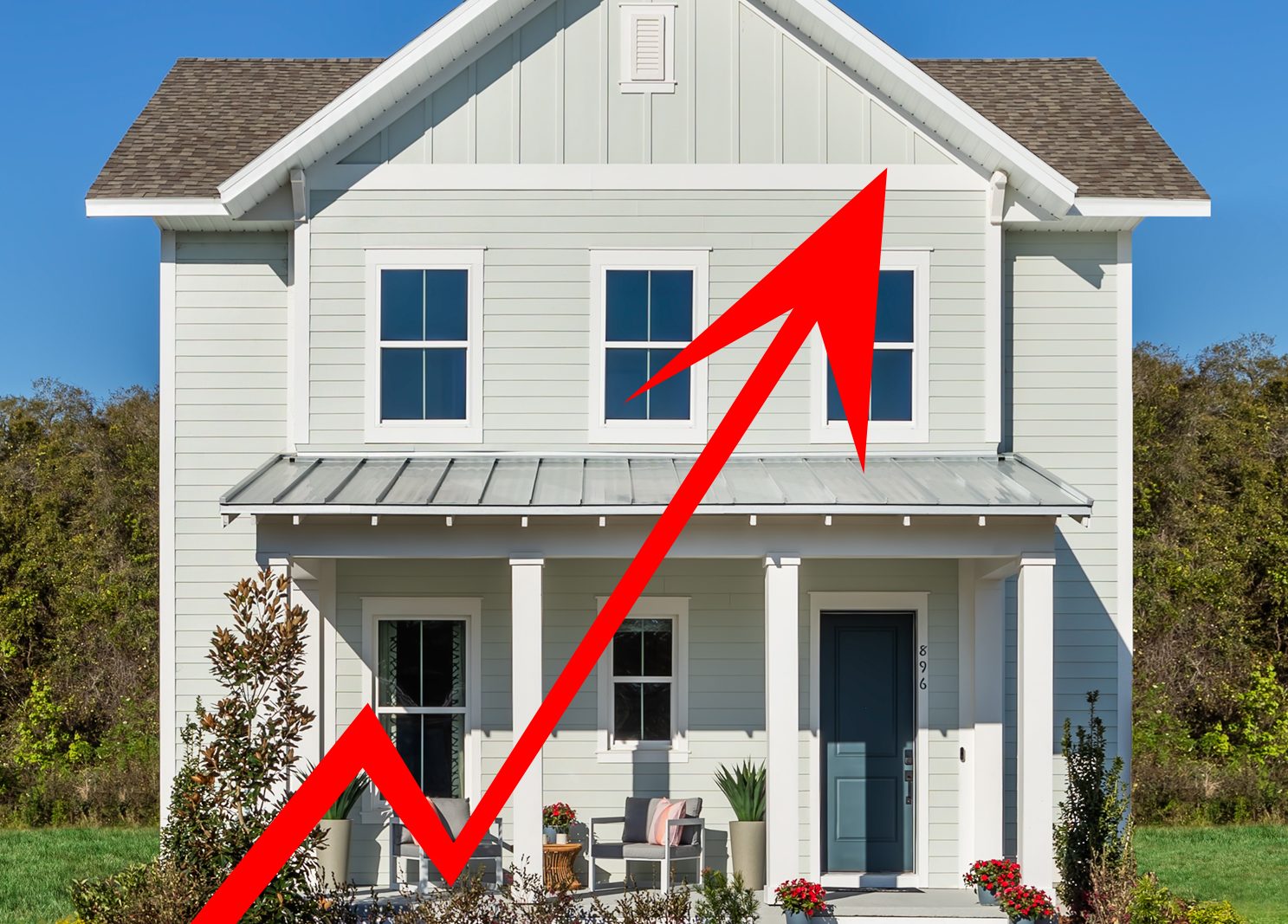I recently saw an article about a lack of optimism among younger Americans when it comes to buying a home. While they may be able to afford an existing home (if there were enough on the market), chances are the lifestyle of the home doesn’t match how young Americans want to live today. If they are the DIY type – they may envision how to retrofit their purchase, but many don’t have that vision and find older homes lacking.
New home design is successfully capturing the aspirations and lifestyle young Americans want – but is too often priced too high. HGTV has exposed us all to many cool things that we can’t afford – but younger would-be buyers grew up watching it.
Rental housing – whether attached or detached – may offer the desired lifestyle – but between rate increases and higher interest rates, paying the rent prevents saving for a down payment on a home.
Ouch!
A few weeks ago, we wrote about a few strategies to make homes smaller while still being livable. But smaller size alone may not be enough to keep costs down. Let’s look at other strategies for affordability (that don’t sacrifice livability!).
Cut Hidden Costs
- Design in 2’ increments (trusses 2’ on center), 4’ increments for plywood
- Minimize or avoid beams – especially over a two-car garage.
- Square it up – integrate the garage into the building envelope – no snout garages
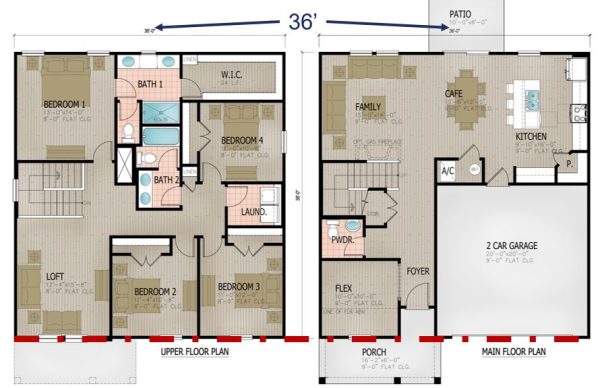
- Avoid tempered glass; keep windows 2’ away from doors, high glass in baths.
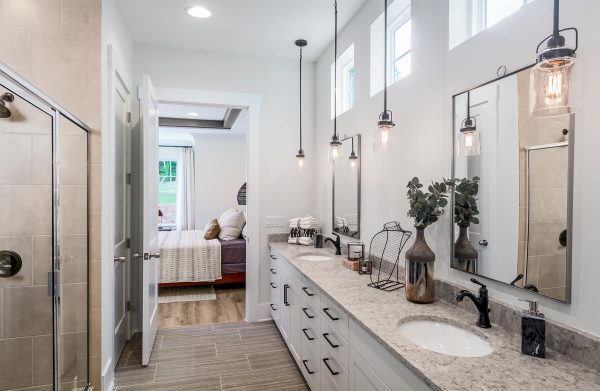
- Locate a/c in the middle of the unit, shorter duct runs, central return air vent.
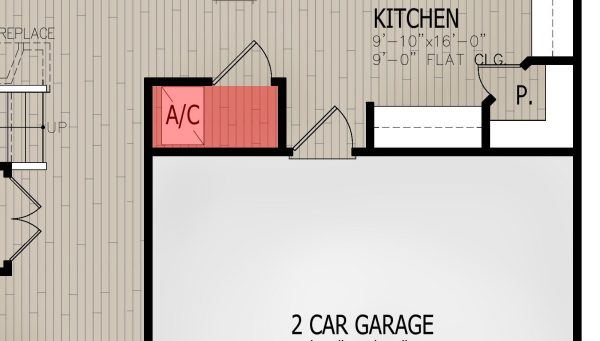
- Keep interior framing simple – no dropped beams or archways.
Deeper Cuts
- 8’ plate with vaults ranch plans (no 8’ flat ceilings please).
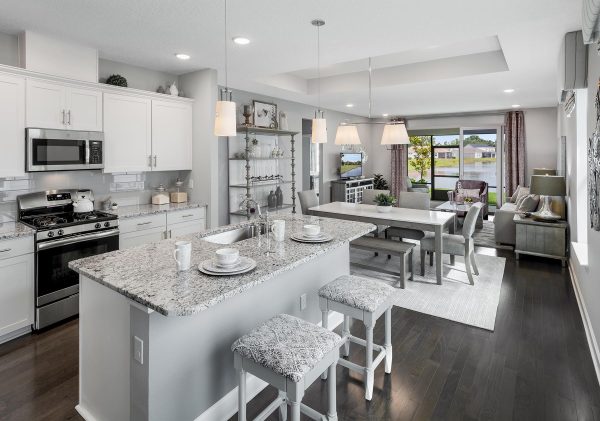
- 8’-8” plate first floor two story plans (CMU)
- Linen shelves in closets vs linen closets (saves on the door & hardware)
Create Standards
- Standardize and limit window skews – consider just 2 window sizes.
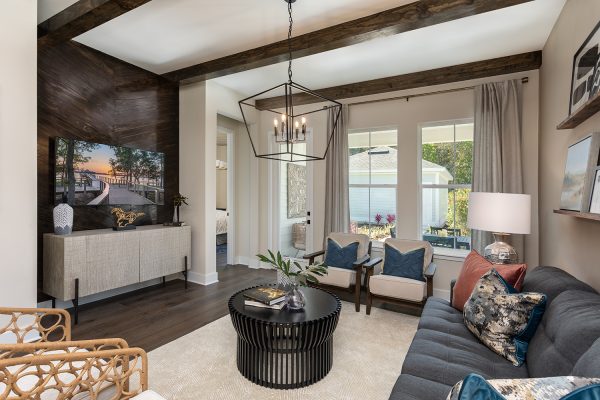
- Standardize kitchen cabinet boxes & island configuration.
- No corner cabinets (seams in countertop)
- Standardize shower pan sizes. Consider prefab showers (better than you think)
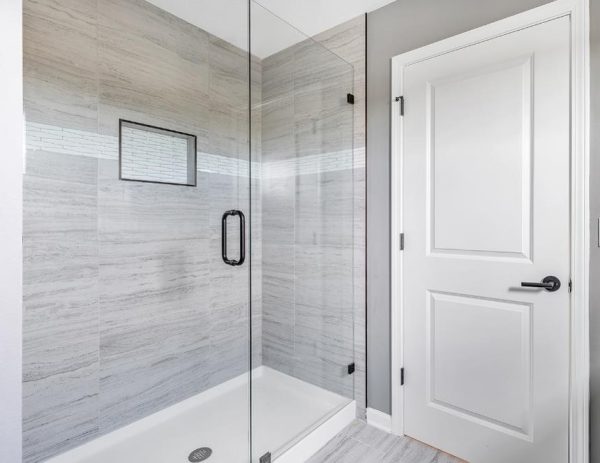
Tips and Tricks to make homes feel bigger.
- Strategically locate windows to visual expand spaces.
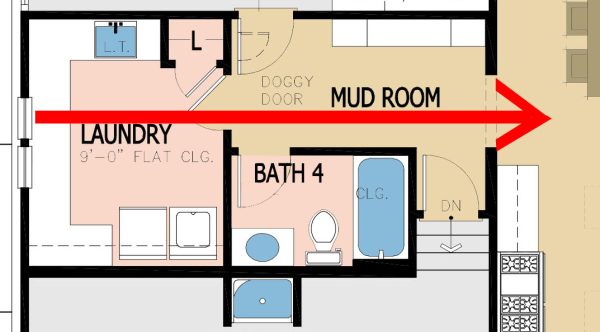
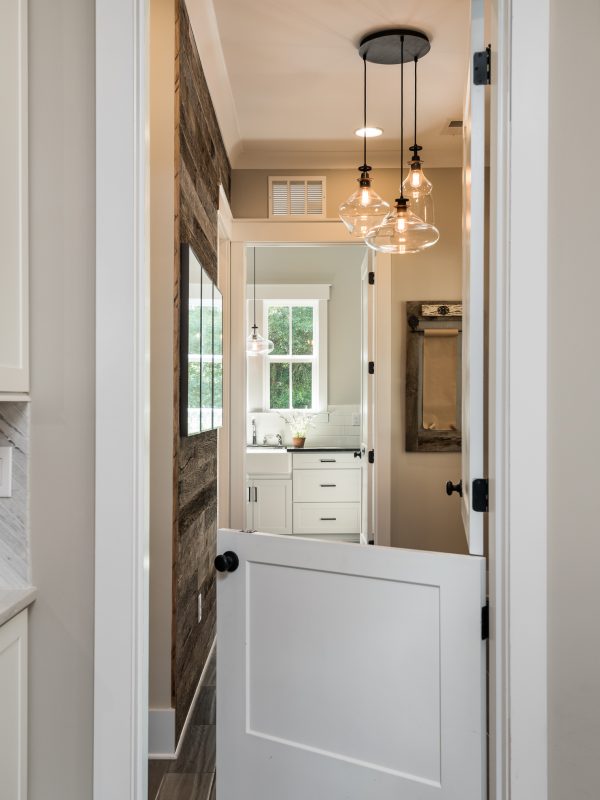
- Create long sight lines within the home.
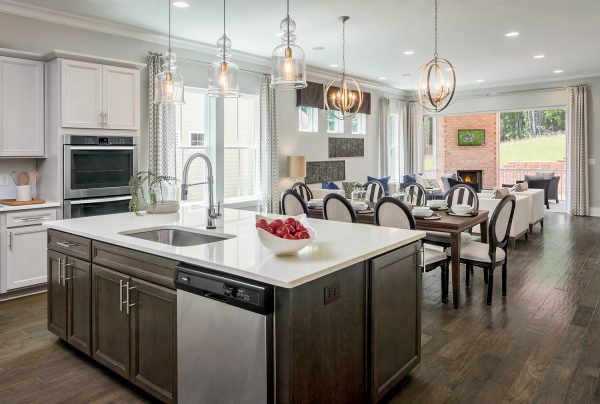
- Furniture placement that allows rooms to live bigger
Interior Finishes
- Start with affordable finishes that can be easily upgraded later.
- Carpet in main rooms, luxury vinyl plank – tile only in baths.
- Skip the tile backsplash and DIY it later
- Unfinished or no drywall in garages.
- Paint walls and ceiling the same color.
- Minimal interior trim
- Knee walls very open handrails at stairs
Exteriors
Use a regional approach to design.
- Finishes
- Stucco on CMU
- Siding on frame
- Styles selection with regional roof pitches
- Lower pitched and hip roof styles in high wind zones.
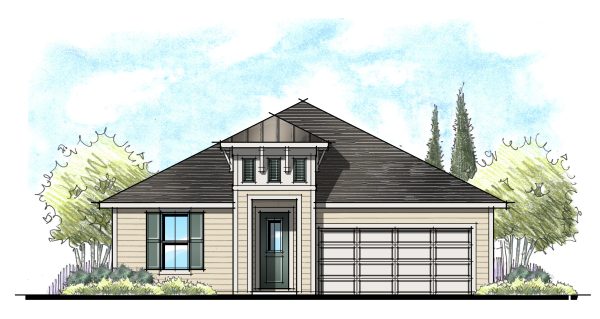
- Simple gable roofs where wind is not an issue.
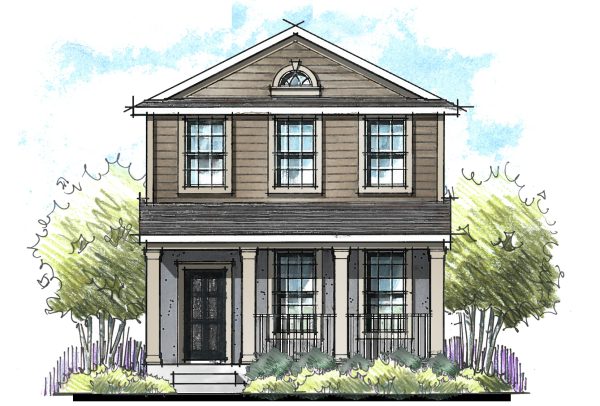
- Higher pitches where there is snow loads.
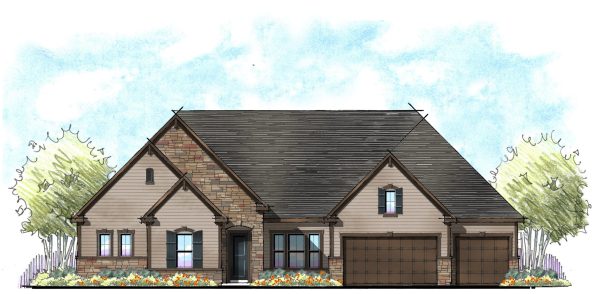
- Lower pitched and hip roof styles in high wind zones.
- Use paint and color blocking to add animation to elevations.
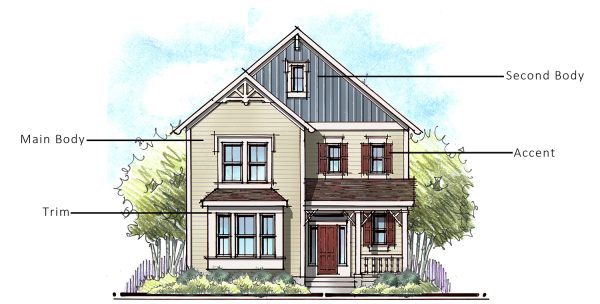
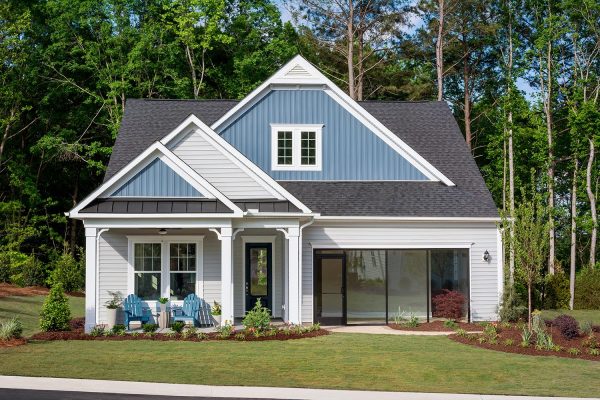
While that may be a large list of things to consider, for me, the bottom line is to use a disciplined approach. Remember, we want to remove or control these variable costs – but not at the expense of livability for home buyers.
This is just one small facet of the affordability issue, but our industry has repeatedly done best when we all work together. I’d love to hear your own thoughts! Have you seen your costs skyrocket over the past few years? Has that shifted your strategy in what you build for your region?
Categorized in: Affordability
This post was written by Housing Design Matters


